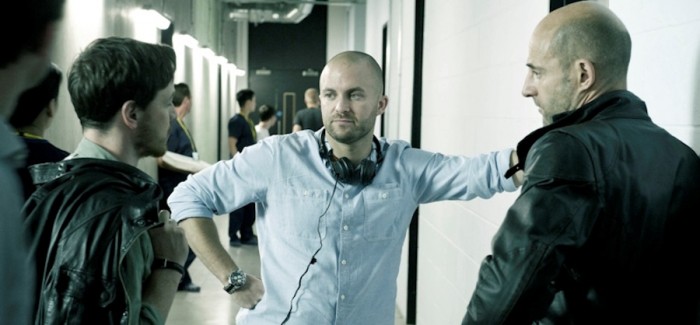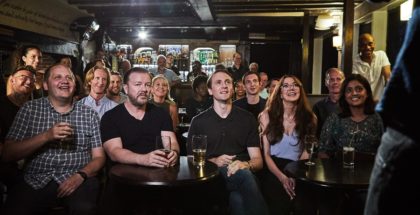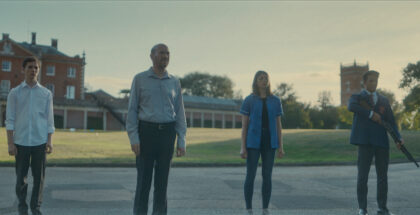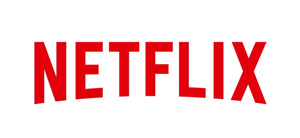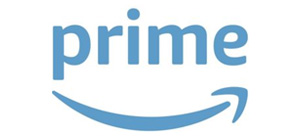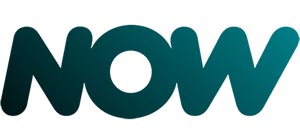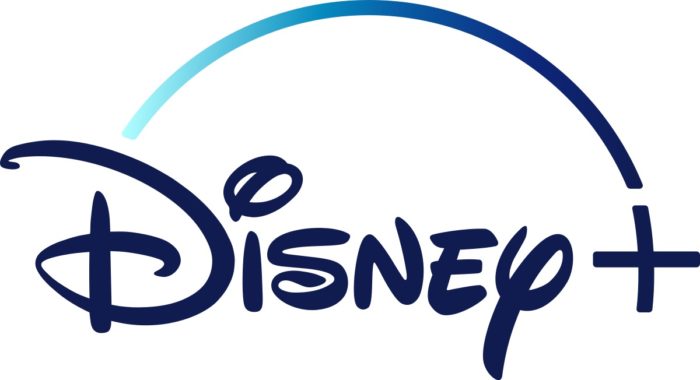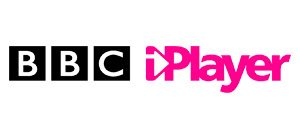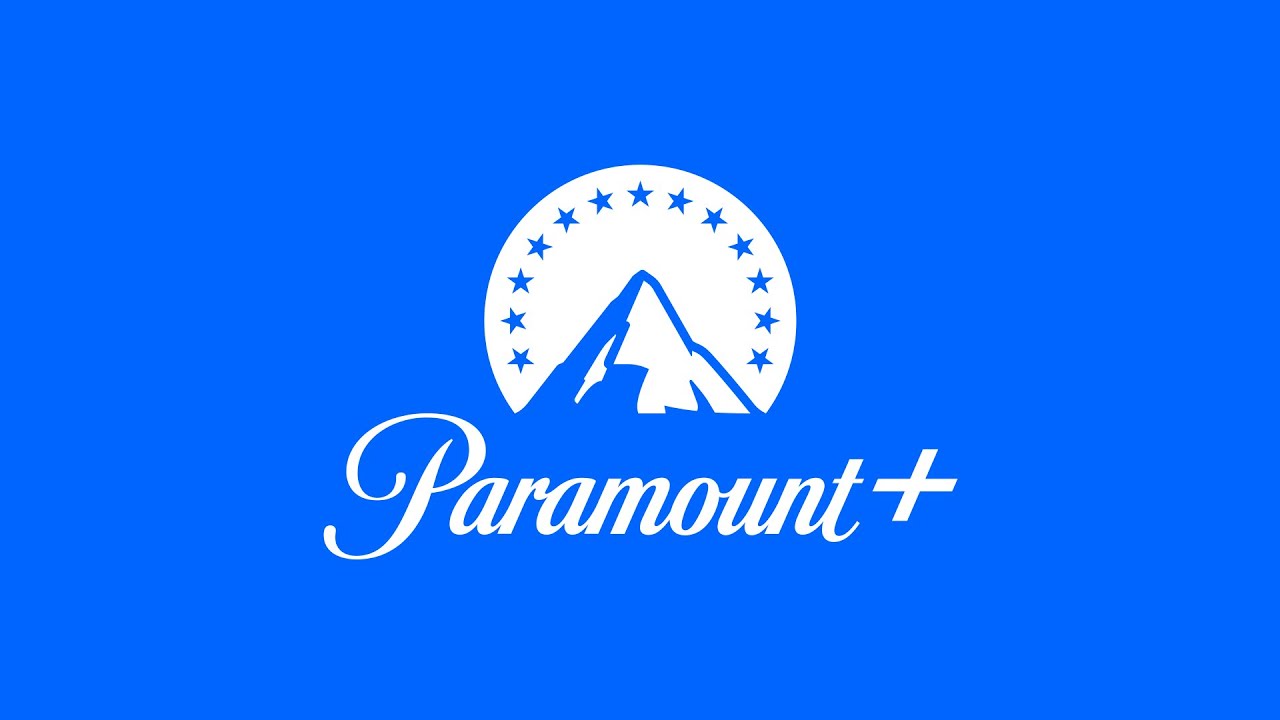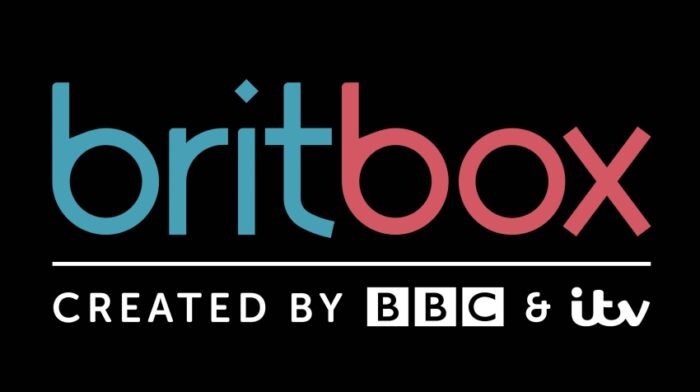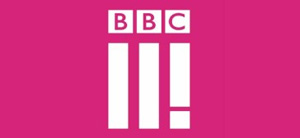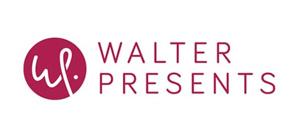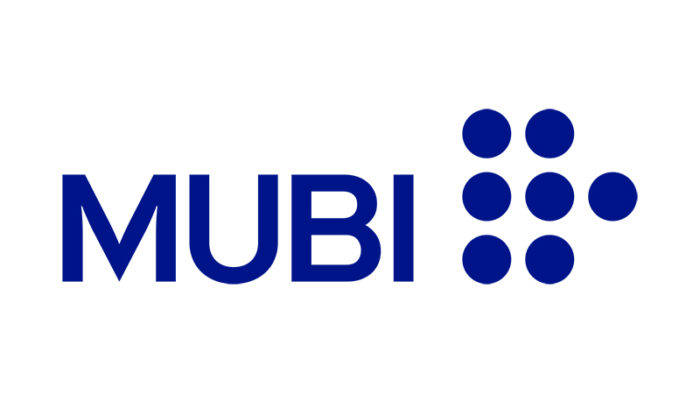Interview: Eran Creevy (Welcome to the Punch)
David Farnor | On 31, Jan 2014
What do Tony Scott, Ridley Scott and Christopher Nolan have in common? They’re British directors who all made great action films in America. British action films, on the other hand – made in Britain and starring British actors – are few and far between. Enter Eran Creevy, director of 2007’s Shifty, who stepped up from his debut to make the guns-blazing thriller Welcome to the Punch, now on Netflix UK. Talking to VODzilla.co about his love of John Woo, Boots Meal Deals and Mark Strong’s hair, he chats non-stop for 10 minutes before pausing: “Sorry, you haven’t even asked a question yet!” Is this the director with enough enthusiasm to pull of the elusive British action film once and for all?
British action film. It’s not a phrase you hear very often.
“It’s funny, because with British cinema we’re so used going to see a film, this is a bad example, but, you know, arthouse cinema, where someone returns to Cornwall to visit the grave of his dead dog or something. With Punch, we’re paying homage to the Heroic Bloodshed genre of John Woo and the 1980s and 90s. It’s a very specific thing I’m referencing – films like A Better Tomorrow, Hard Boiled. Within that there are archetypes, the cop, the villain. I wanted to play with them, you know? [My first film] Shifty was this little urban drama. People went into it with this preconception, but then it was something more along the lines of Shane Meadows, and they said: ‘Wow that was unexpected!’ Here, you’re either going to be into it or not.”
How big a jump is it from Shifty to this?
“In many ways, we’re still working in the same boundaries. Shifty was made for £100 grand, and we tried to make it look like it was worth a million. Welcome to the Punch was made for £5 million and we tried to make it look like it was worth £20 million. On Shifty, a lot of my energy went into the performance. With Punch, I’m thinking ‘How do we achieve the Hollywood look?’ You’re more stretched as a director because you’re thinking about the visuals and the geography of the action. I found myself having less time for the actors. It’s this persistent juggling act…”
You’ve got the same DoP as Shifty, Ed Wild, but the two films couldn’t look more different.
“Ed and I were working on a commercial for Nike. We were giving things a similar kind of grade with green filters and I was like ‘Fuck! This looks amazing! How do we not do this in London?’ But the characters in Punch don’t exist in that same universe as Shifty. In Shifty, when one bullet is fired, it matters. In Punch, the bullets fly – it’s about the grand pose. They’re like musical numbers and dance sequences.”
Was there ever any pressure to go for a more modern style of action?
“Paul Greengrass created that style of action for Bourne. And everyone tried to copy it. You get 400 cameras pointing at exactly the same thing and everything’s moving. You can watch a sequence forwards and backwards and it’s exactly the same! I like John Woo because they bring the camera back and you run it wide like a number in a dance sequence, which I’ve done in a lot of music videos. Then you figure out little bits to punch in to.”
Are there specific bits of John Woo that really inspire you?
“I showed everyone on set the hospital sequence in Hard Boiled! There were points where I really wanted to do a long one-take action sequence like that for a hotel shootout, but we didn’t really have the time or the budget. Hard Boiled was shot over a long period of time. We shot Punch in seven weeks! We had two days to shoot in the hotel. By day two, already you’re hanging over from the first day! Maybe I should’ve stuck to my guns… but you’re always making compromises.”
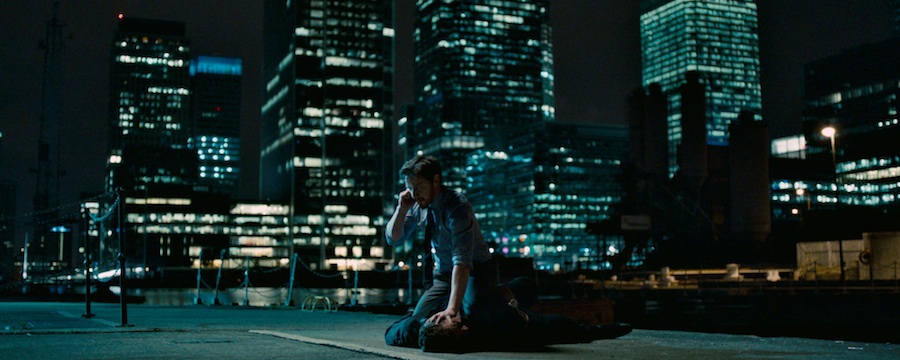
“London became quite Gotham-esque…”
How much did having Shifty behind you help in getting Punch made?
“The film could’ve been made for a bigger budget with our cast [James McAvoy, Mark Strong], but the reason they worked the budget down was because of me. If Christopher Nolan had that script, it would’ve been anything he wanted. The only thing I’d done was a film for £100 grand. I’ve shot music videos in two days worth twice that! So the people who financed Punch were nervous, but they’re pleased with the result, so they’re keen to finance my next film, Autobahn…”
What’s that about?
“Well, it’s set on an Autobahn, obviously! It’s a bit like (500) Days of Summer meets Speed. It starts on this German motorway and it’s just off from the beginning, you know? But it’s smarter – in a Michel Gondry-like way it flashes back to show you the girl (Amber Heard) this guy (Nicholas Hoult) is trying to save. We had a big LA star interested… [Zac Efron was attached before being replaced by Hoult] but it’s interesting. I never would’ve been able to get Autobahn’s script in front of that actor without Punch. You have to build yourself up.”
Does your music video background help with choreographing action?
“A lot of my stuff involves choreography. When I was a kid, I used to watch Thriller on VHS over and over again. I was obsessed! It had this Making Of on it as well. Everyone had it. I think that obsession bled over into my music videos and Punch’s action sequences. I would give very specific instructions to James and Mark about how I wanted them to go, or how I wanted Johnny Harris to roll across the cupboard and then have this formation going down the room. I didn’t want it to be loose– I liked the control.”
So where did the John Woo love come from?
“Jonathan Ross had this series of programmes on the telly that I used to watch as a kid. It’d be these action epics in proper widescreen on a little tiny 4:3 screen! Stallone and Arnie were making these action movies and it was always so slow and cumbersome and this other stuff was off the fucking chain! There were wires and stuff! I was thinking ‘Why is no one doing that in Hollywood?’”
Years on, we still don’t have a British action film industry…
“We’re so flooded with American cinema. How can we compete? It’s a tough one, because you can’t make a British action movie for a certain amount of money. If we spent £20 million on Punch, it would never make that money back on its own turf. You make it for a certain amount so you can bring it in within a budget and get a return, so you’re restricted to how far you can go. You want to compete with Die Hard and Lethal Weapon but they can spend £30 million on a mediocre action film. A weekend return in the US can hit that.”
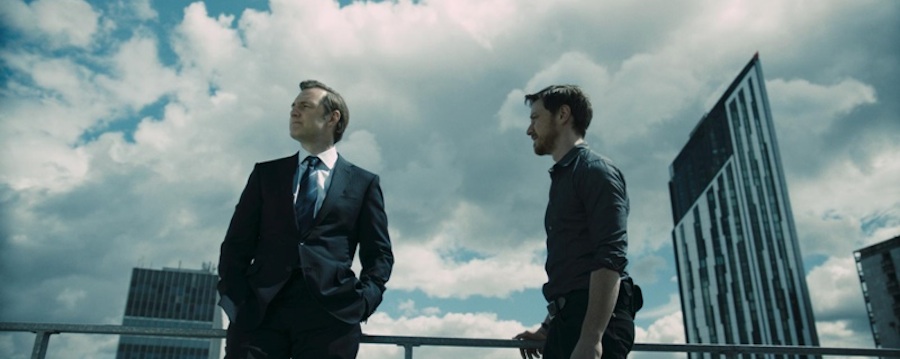
“They said: ‘If you get Hugh Jackman, you can get this much money.’”
But we’ve certainly got the actors for it.
“We got the option to throw in US actors. They said: ‘If you get Hugh Jackman or Daniel Craig, you can get this much money.’ But they don’t need to make this film. James McAvoy is more up for it. The level of material he’s pushing out this year – Filth, The Disappearance of Eleanor Rigby – that just shows a thirst for working with young, first-to-second time filmmakers and getting out there. Daniel Craig, for example, already did that with Layer Cake and Matthew Vaughn.”
Now, on to the big question: did you ever plan to give Mark Strong hair?
“It’s weird. I watched Tinker, Tailor after Welcome to the Punch and he’d worked out for Punch and proudly wears it bald, but in Tinker he looks so different, so unassuming. It’s amazing how he can transform himself. Mark always says he loves the process of wearing a wig – it’s like he can go into any character! One day, I hope he’ll have a wig like Phil Spector…” [Laughs]
Speaking of casting, it’s nice to see you and Daniel Mays working again after Shifty.
“I don’t think when we casted that they expected me to have Daniel Mays wielding a shotgun! But I think that’s also the problem with British cinema is they don’t have the foresight for some of our younger actors. Daniel Mays may get typecast – why shouldn’t he get to run around with a gun? He really enjoyed it! And he was good at it.”
Guns, of course, are a central part of Punch – both in the plot and the action scenes…
“Yeah, I don’t know how much I should ever engage in that argument. How do you? I grew up on a diet of John Woo, Die Hard, Goodfellas, Scarface, some of the most violent films ever, but I don’t go out and shoot people. There is the back-story in the film, this political canvas about gun crime, but all I was doing was reflecting the news at the time. I wasn’t being sensationalist: these things were happening. So I’ve got this realistic storyline, but then there are characters that are cool flying around with guns. I was trying to tell a universal tale, I suppose, a story that could happen anywhere in the world. It’s a hard question to answer. You understand why filmmakers like Tarantino get annoyed by it.”
Sure, it could happen anywhere, but London looks amazing in Punch. Those blue filters make Canary Wharf almost futuristic.
“It’s that weird clinical feel. When you’re in Canary Wharf, you could be in Berlin or somewhere else. I think the thing is with some filmmakers, definitely when it’s done worse in gangster films at the low end of the scale, they become too literal. You don’t have to show The Thames or the London Eye or red buses. You can just choose a palette. We chose colour and surfaces like steel, chrome, marble, brush concrete. There are no patterns in the film. No patterns on the carpet. No patterns on the clothes. We were really specific. We actually went through the film and digitally removed certain patterns on the walls. Then once we’d started the production design, London became quite Gotham-esque. When you sit back, you see the influences of Ridley Scott, this Blade Runner-style city. If you look in the back, there are cops but there are no logos on the uniforms. There are no Panda cars. It’s like an alternate reality.”
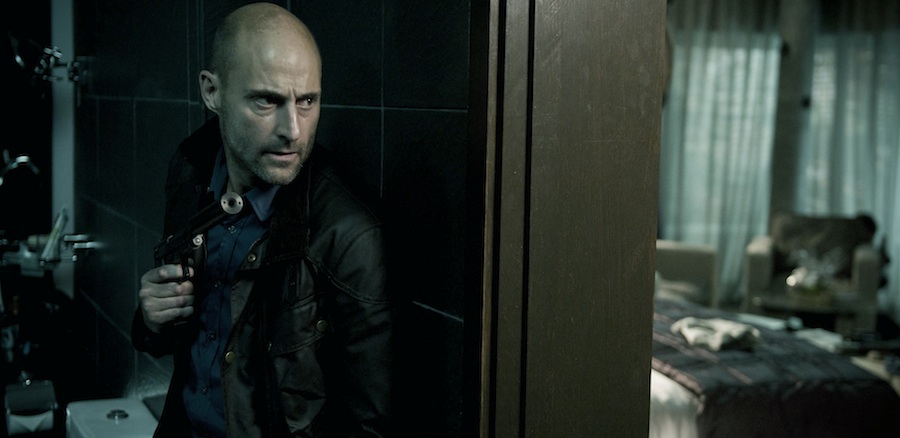
“One day, I hope Mark will have a wig like Phil Spector…”
Would you go back to that world in the future?
“We’re already talking about different characters in the same world. I’ve got this idea about a prisoner who has 24 hours to stop a serial killer. It’s very visceral, more Korean cinema than Hong Kong and you could set it in that same Punch universe.”
How much of that look came from production designer Crispian Sallis?
“He’s really experienced. He was a set designer for Ridley on Gladiator and he worked with Tony too, so he knew their process. He knew how to dress stuff to look high-end. There’s one scene that takes place in this barbershop – that was just a back alleyway by Ministry of Sound! Nothing in it but some leaves on the floor. I had to step off a shootout sequence for three hours to do that scene and I was like: ‘Wow, this is amazing!’ It’s those tricks of the trade, filling it with details, making it look more aspirational.”
How was Ridley Scott as an Executive Producer?
“I’ll tell you something about Ridley. He doesn’t really need to carry a laptop, probably because his people are there to print things off. So we were exchanging notes – I sent him an email with a discussion of actors and things and someone gave it to him. He’s probably sitting in a limo or something and he’s scribbled spider diagrams all over it with little drawings and then they scanned it in and sent it back. I literally had to decipher it like hieroglyphics. It was cool!”
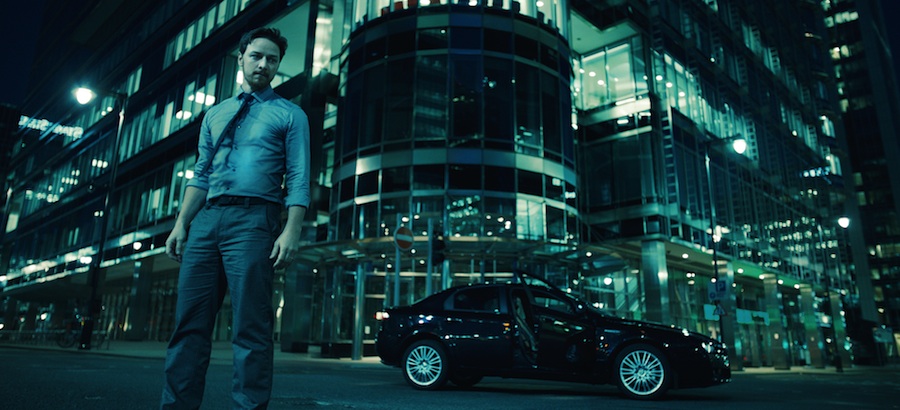
“A lot of my stuff involves choreography. When I was a kid, I used to watch Thriller on VHS over and over again…”
Did you ever see yourself exchanging notes with Ridley one day when you made Shifty?
“Yeah, I guess. It was always the ambition. I own a company with Ben Pugh and Rory Aitken and Mat Whitecross. We were all just runners, making teas and coffees in Soho. Suddenly we all just made that leap and set up our own production company. We were making £250 music videos and not getting paid. This was only about seven years ago! I was so skint, I couldn’t afford a Travelcard! I was cycling in from Canary Wharf but I didn’t care. You know, buying sandwiches from Boots, doing the old Meal Deal. Prawn and mayonnaise sandwich, packet of Walkers crisps and a can of coke! As you long as do something you love, eventually you’ll get to where you want to be. It’s just hard work and commitment.”
Welcome to the Punch is on Netflix UK now. Read our review here.


